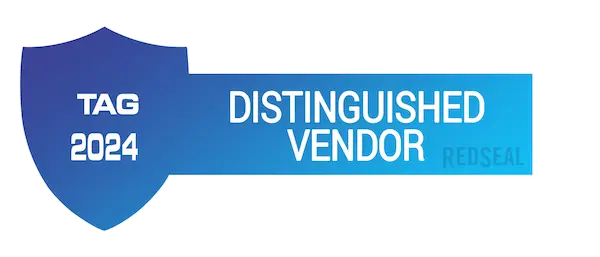RedSeal Cybersecurity Analytics Platform Achieves Rapid Success in Japan
RedSeal Announces Japan Subsidiary, Country Manager and Fujitsu Systems East Reseller Partnership
Sunnyvale, Calif. – July 21, 2016 – RedSeal (redseal.net), the cybersecurity analytics company, today announced it has established a Japanese subsidiary, RedSeal KK. Led by newly appointed country manager, Hiroki Inoue, RedSeal KK will provide sales, marketing and technical support to its growing customer and distribution base. The RedSeal cybersecurity analytics platform has achieved fast traction in Japan through a strong distribution network, which has now been further enhanced with the addition of Fujitsu Systems East Ltd. (FEAST).
The network resilience and cybersecurity preparedness that RedSeal provides is resonating well in the Japan market as attention and investment in cybersecurity across corporate and government agencies grows. IDC Japan predicts 19 percent growth in the Japanese Cyber Security Market in 2016, reaching $2.7 billion.
“Our customers expect us to provide the most advanced cybersecurity solutions,” noted Keiichi Yamamura, corporate executive officer of Fujitsu Systems East Ltd. “With the addition of RedSeal to our cybersecurity offering, we can now deliver network security consulting, digital resilience monitoring, and verification services to our customers, helping them build highly resilient digital networks and businesses.”
This growth in Japan has, in part, been spurred by a series of high profile attacks, awareness of increased exposure around the Tokyo 2020 Summer Olympics, and government initiatives including the Basic Act on Cybersecurity in 2013, and the recent creation of the National Center of Incident Readiness and Strategy for Cybersecurity (NISC) to coordinate government responses on cybersecurity-related issues.
“There is heightened awareness at the CEO level, and across government agencies in Japan, that measuring and maintaining digital resilience is a priority. RedSeal delivers exactly to this priority,” noted Ray Rothrock, chairman and CEO of RedSeal. “By providing organizations the tools to build digital resilience into their networks before attacks, we enable them to get ahead of the ongoing, automated, and ever more sophisticated attacks.”
The RedSeal cybersecurity analytics platform helps customers understand the state of their networks, measure resilience, verify compliance and accelerate incident response. It analyzes customers’ networks and automatically builds a virtual network model to provide continuous monitoring and visibility into potential vulnerabilities. The platform also delivers the RedSeal Digital Resilience Score, to measure, benchmark, and set targets to actively manage the digital resilience of a customer’s network and security infrastructure.
“We have built success on offering the best and most efficient network and security solutions available,” said Takao Tsubuki, president of Terilogy. “Partnering with RedSeal, we are now able to extend our solutions to include cybersecurity analysis solutions for network infrastructure.”
In addition, Susumu Watanabe, president of NVC (Network Value Components) commented, “NVC brings an unparalleled breadth and depth of world class network and security solutions to the Japan market. The RedSeal cybersecurity analytics platform is a valuable addition to our security portfolio.”
###
About RedSeal
RedSeal puts power in decision makers’ hands with the essential cybersecurity analytics platform for building digitally resilient organizations. RedSeal’s Digital Resilience Score, modeled after a creditworthiness score, measures how prepared an organization is to respond to an incident and quickly rebound. The company’s platform adds value to existing network devices by working with them and building a network model. With this, customers can understand the state of their networks, measure resilience, verify compliance, and accelerate incident response. RedSeal’s customers are Global 2000 corporations and government agencies that depend on the most sophisticated security. Founded in 2004, RedSeal is headquartered in Sunnyvale, California and serves customers globally through a direct sales and channel partner network.
Contact:
Alexandra Laurelli
Finn Partners
+1 (303) 862-9530
alex.laurelli@finnpartners.com



